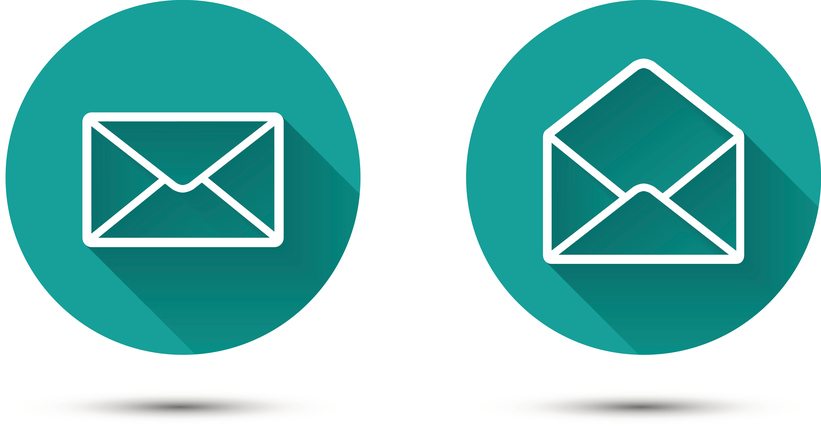
Although there are numerous email metrics you can and should track, email open rates are still a key baseline indicator of your email program health. If recipients aren’t opening your emails, they aren’t taking any next steps. And if your open rates aren’t as high as you would like, you’re probably not alone.
According to
SendGrid’s Email Benchmark Report, SendGrid email senders (across all industries, sending both transactional and marketing email through our API) experienced 14.6% unique open rates in 2017 (does not count double opens). Although there are a number of reasons why your specific email is or is not being opened, one factor is undeniable: more people are sending more email.
As email volume continues to balloon each year, distinguishing and perfecting your marketing and promotional emails for your recipients has never been more imperative. The good news is that whether you are just starting out, in the thick of a large marketing campaign, or evaluating your email program as a whole, you can increase your open rates by cleaning up your email strategy with the following tips.
Start with your sign-up process. We highly encourage implementing a
double opt-in method which captures those who truly want to receive email from your brand. Instead of merely checking a box, double-opt-in requires the subscriber to take an additional step (usually clicking on a link sent by email) to confirm twice that, yes, they want to receive your email.
Other methods such as preselected opt-in (the user must uncheck a box that was defaulted to sign up if they do not want to start receiving email) and co-registration (receiving email from third parties) are both good ways to a) annoy recipients and b) lower both your open and delivery rates.
Once a user has double-opted into receiving promotional email, you should be sending either a welcome or triggered email sooner rather than later. Subscribers should receive a welcome email soon after their sign up that greets them and sets the tone for the relationship.
The longer you wait to send your first email, the higher the likelihood that the recipient will forget that they agreed to receive email, or they might lose interest entirely. For more tips on crafting an engaging welcome email, check out our SlideShare,
Email Marketing 101: The Welcome Email.
How often should you send marketing email? Let your users decide.
Setting up an email preference center removes the guesswork of how often you should send email.
Whether your recipients want emails daily, weekly, monthly, or only when your big annual sale is going on, empowering your subscribers to customize their email experience positively impacts your engagement and open metrics.
Writing quality headlines is hard and demands time, reflection, and the opportunity to be creative yet persuasive. But as marketers, we work in a deadline-driven world, so we aren’t afforded the time to slave over words either.
Carving out and honoring time dedicated to writing copy and headlines is important. When writing your subject lines, keep in mind that you want to entice your reader enough that they’re interested in what comes next, but you also don’t want to be so mysterious that they can’t form any familiar connection to your brand.
Our
data on subject lines reveals that shorter word counts produce higher engagement and open rates than longer headlines and that 3 words is the sweet spot. But, don’t forget to run A/B testing on your subject lines to see what is and what is not working.
Sending an
email blast sounds efficient and easy, but it can also be harmful to your email engagement and open rates. Instead, consider customizing emails to different subsets of your email list.
This may sound daunting, but ESPs such as SendGrid make it easy to segment and customize your recipients based on factors such as demographics, engagement levels, recent activities, and more. Curious on how to start segmenting? Read our
Email Segmentation Strategies resource guide.
Finally, it’s time to be honest with your recipient list and yourself. If recipients aren’t opening your emails, they are doing more harm than good by lowering your sender reputation. A smaller list of highly engaged users is always going to perform better than a large list of third-party or unaware and unengaged recipients.
If you are interested in learning more about all of the above tips on a deeper level, check out
SendGrid’s Expert Guide to Email Marketing which dives into all topics that will help improve your email marketing efforts.
